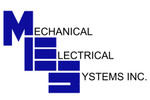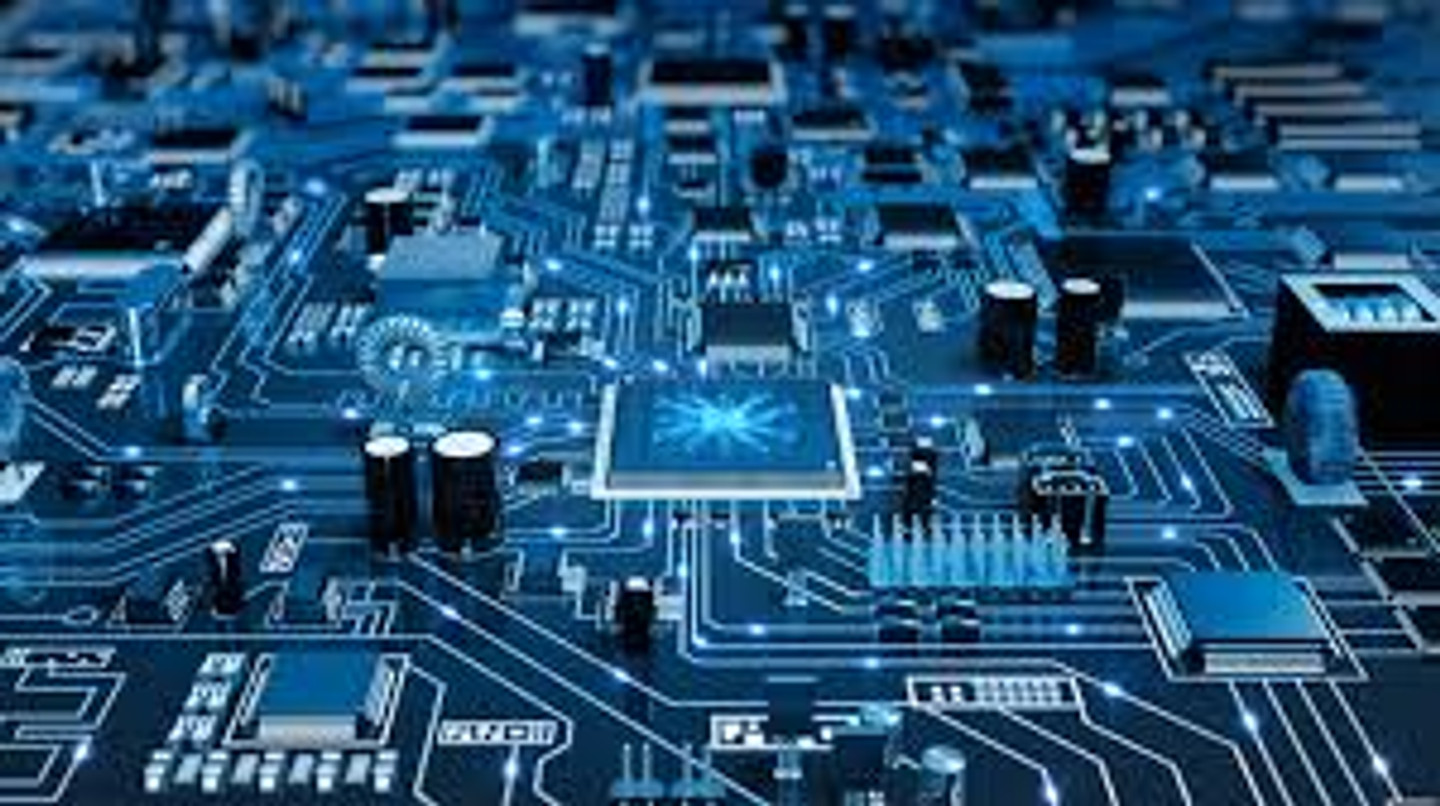Future Trends of Variable Frequency Drive (VFD)
- IoT Integration for Smart Control: As the Internet of Things (IoT) continues to expand, VFDs are increasingly incorporating smart connectivity features, allowing for remote monitoring and control. This enhances operational efficiency and predictive maintenance.
- Energy Efficiency: There is a strong push towards energy-efficient technologies, and VFDs play a significant role in reducing energy consumption in various applications. Future VFDs will focus on maximizing energy savings while maintaining performance.
- Machine Learning and AI Integration: The integration of machine learning algorithms and artificial intelligence can enable VFDs to optimize their performance over time by learning from operational data and making real-time adjustments.
- Miniaturization and Compact Design: Advancements in semiconductor technology are leading to more compact and efficient VFDs. Smaller sizes without sacrificing performance make them more versatile for different applications.
- Expansion in Renewable Energy Applications: As the demand for renewable energy grows, VFDs will become increasingly essential in managing systems like wind turbines and solar power installations.
- Advanced Safety Features: Future VFDs are likely to incorporate enhanced safety functions to prevent overheating, electrical faults, and other issues, thereby improving the overall safety of industrial equipment.
- Smart Pump System Optimization: There will be an emphasis on optimizing pump systems with VFDs, particularly in multi-pumping configurations, which adjust motor speed based on real-time demand.
- Field-Mountable and Modular Solutions: Future VFD designs may prioritize modularity, allowing for easy field modifications and upgrades, catering to diverse applications more efficiently.
These trends signify a movement toward greater efficiency, smarter technology, and an increased focus on sustainability in the use of VFDs across various sectors.


